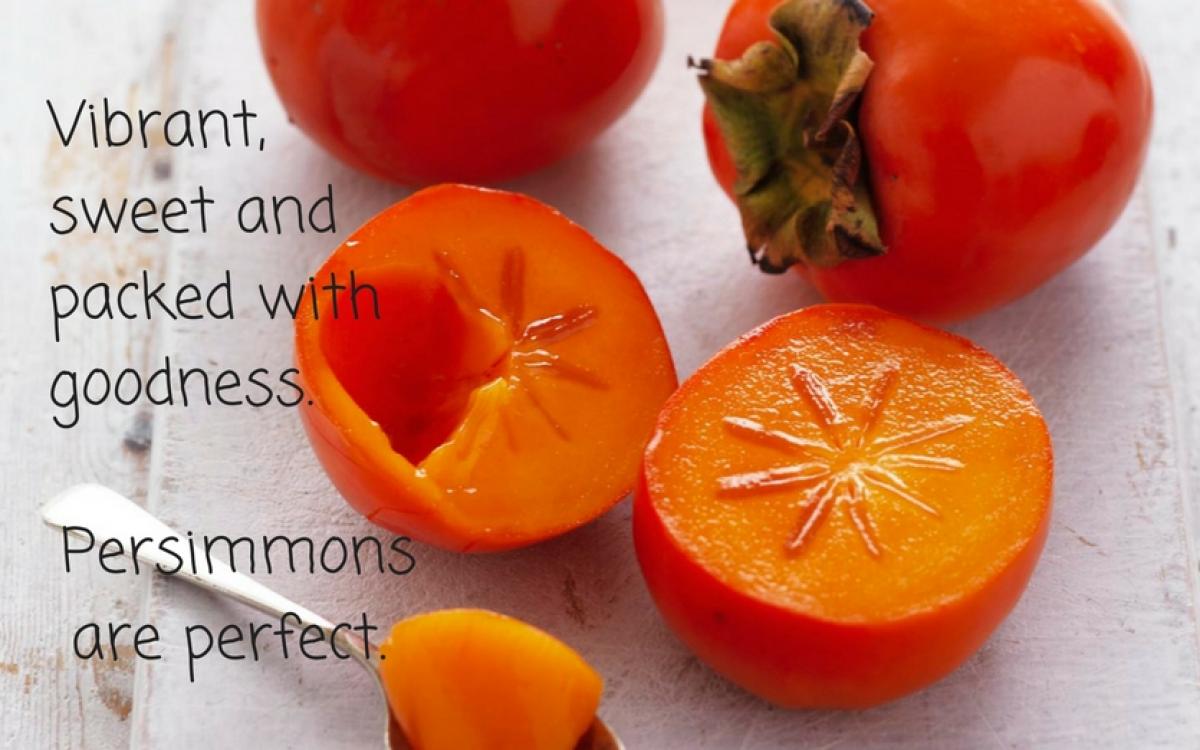
Perfect persimmons
Posted on Apr 29, 2020
The persimmon is a native of China, where it has been cultivated for centuries. The explorer Marco Polo discovered the joys of this richly coloured autumn fruit and recorded trade in persimmons in the early 14th century. The fruit then spread to Japan and Korea and later to the Mediterranean coast of France, Italy and Algeria. By the mid-1800’s persimmons found their way to California and Australia.
Today persimmons are seeing a resurgence. Have you tasted the joys of a persimmon? Or have you had the unfortunate experience of trying one before it was sufficiently ripe?
There are two very different types of persimmon, the traditional astringent variety and the sweet persimmon. It’s easy to confuse the two; both are delicious and nutritious however they each have a unique flavour and texture.
Types of persimmons
Traditional persimmon (astringent): Is heart shaped with a glossy orange skin which changes to a deep red-orange, becomes almost translucent when fully ripe and the pulp turns into a jelly-like texture. Once ripe cut open, remove the seeds (if there are any) and spoon out the lusciously sweet soft flesh. If eaten before ripened the astringency will be quite unpleasant.
Try as a dessert or healthy snack: Simply halve ripe persimmons crossways through the centre. Scoop out the flesh and enjoy with vanilla ice-cream, Greek yoghurt or serve over warm porridge.

Traditional persimmons
Sweet persimmon (non-astringent): Is round with a slightly flattened top at the stem and is pale to deep orange. These can be eaten firm and crunchy like an apple (the peel is edible) and can be cut into wedges or slices that reveal a decorative star pattern. Or you can also eat them after allowed to soften. Fuyu is a common variety.
Try in salads, cheese board and cereals: Slice and toss sweet persimmons into salads with chopped hazelnuts and leafy greens. Or cut into wedges and serve with cheese platters. For a honey-flavoured addition add slices to hot or cold cereals.

Sweet persimmons can be eat firm and crunchy or soft.
TIP: To speed up the ripening process, place them in a plastic bag with a ripe apple or banana, best ripened at room temperature.

Good for you
A persimmon contains twice the dietary fibre of an apple and higher levels of many minerals and antioxidants.
Persimmons are a good source of vitamin C and beta carotene
Persimmons are high in fibre and fat free
Select
Choose sweet persimmons that are firm with green, semi-pliable caps and without bruising. Their skin is firm to touch however they have thin skin (paper thin when ripe) and bruise easily. Depending on the variety or stage in the season they’ll range from pale orange to a deep red-orange colour.
Store
Lay flat in a plate. Ripen at room temperate. Once ripe, refrigerate for up to five days.
In season
Late February to mid-June





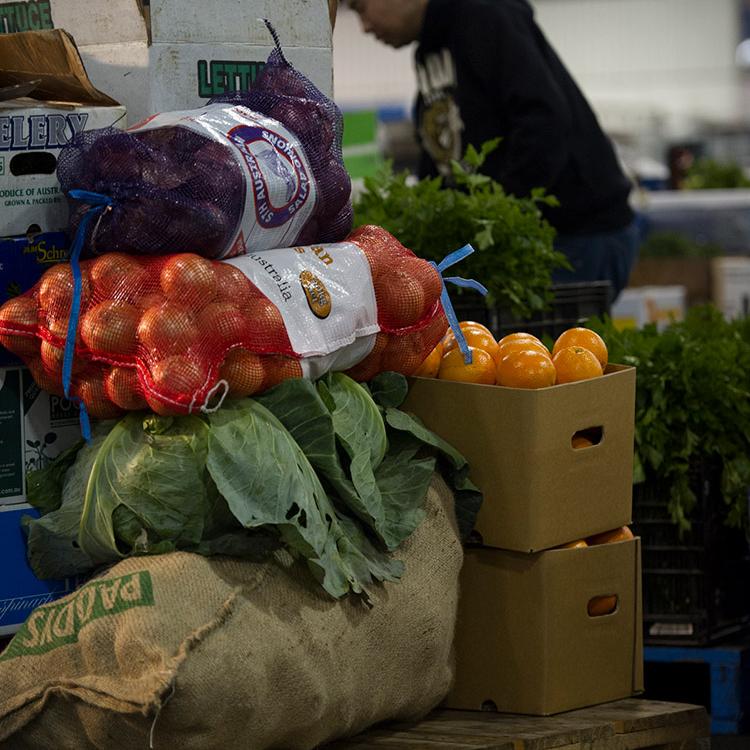
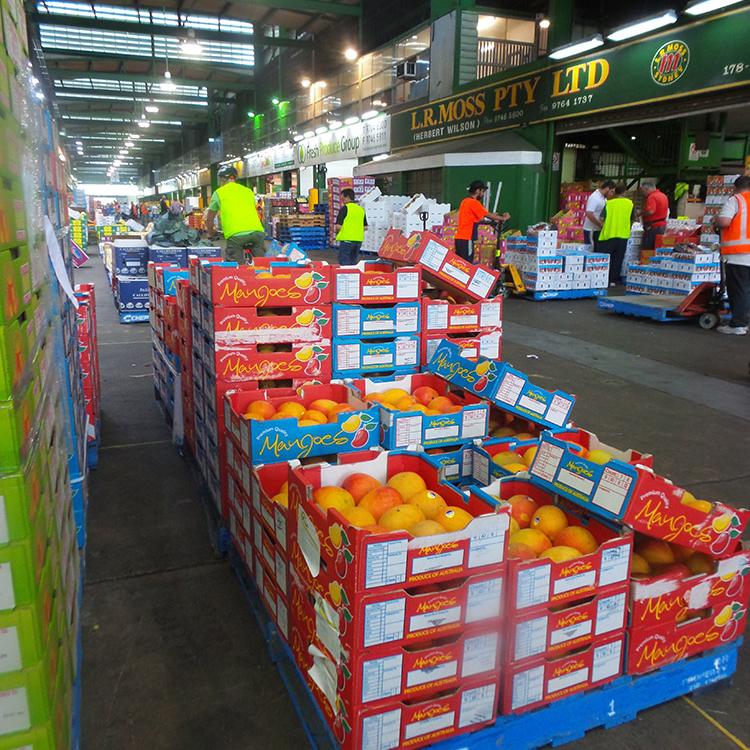

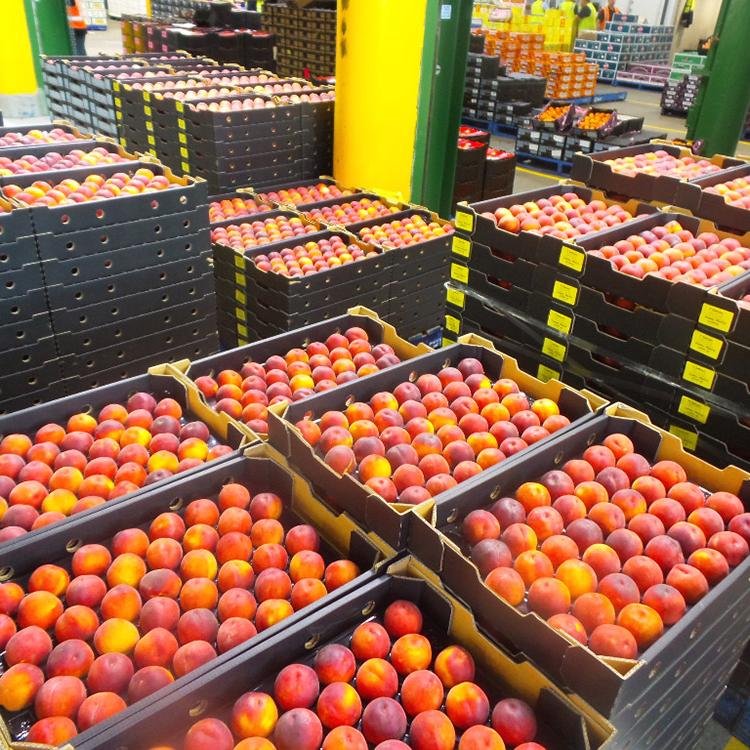
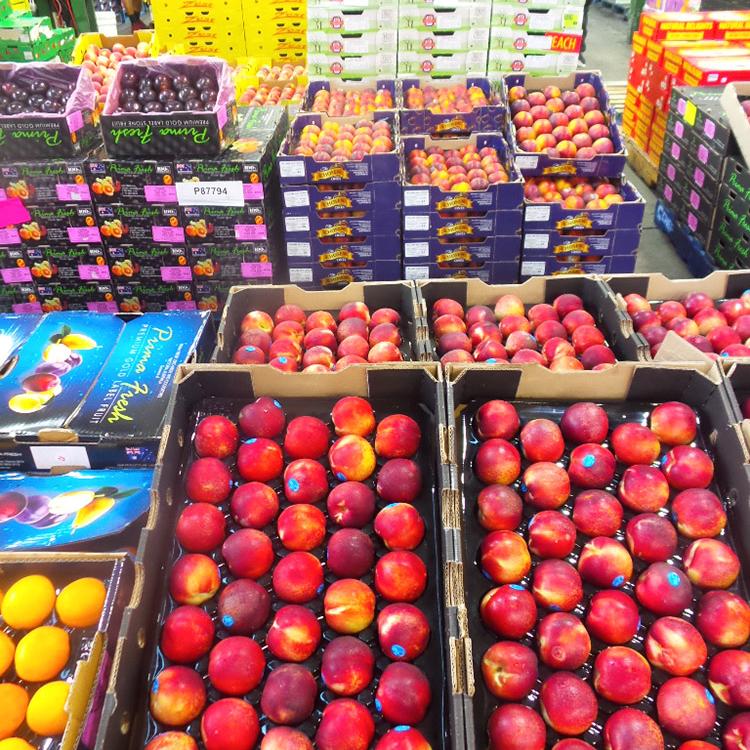

Add a Comment